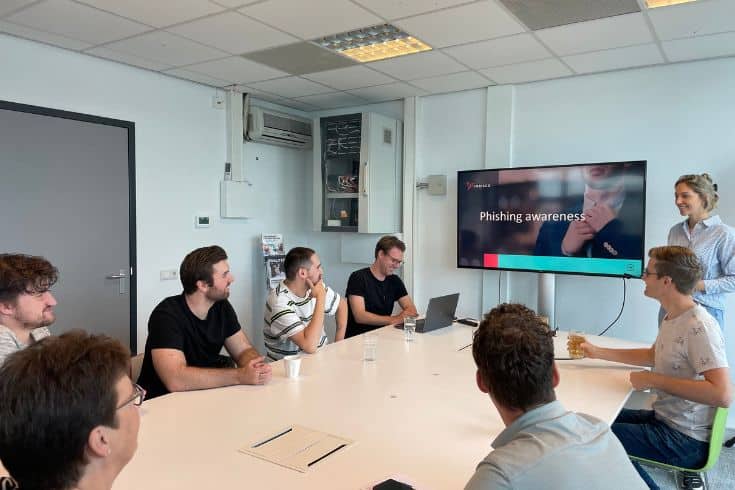
Are you a professional in the field of quality, health, (digital) safety and environment? Then sign up for the INBISCO Community and receive valuable insights, case studies, best practices and the latest developments in the field of QHSE. Don’t miss out – sign up today and improve quality and safety within your organization.


8 Oct 2024

12 Aug 2024

24 May 2024

23 May 2024

23 May 2024

23 May 2024

23 May 2024

23 May 2024
